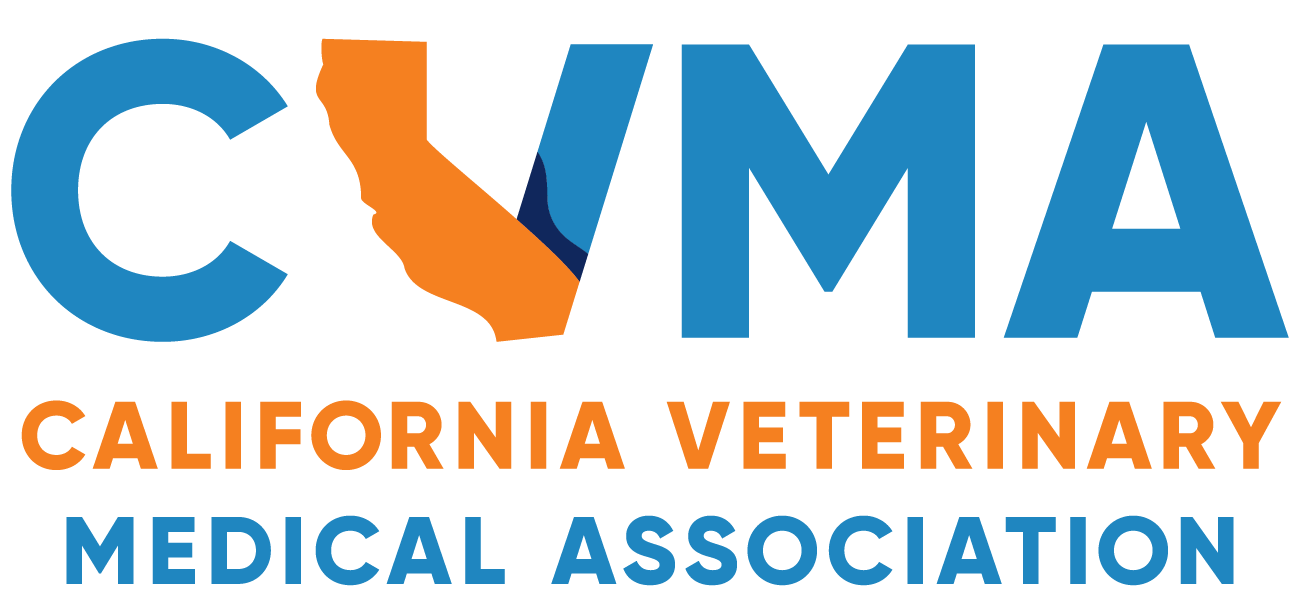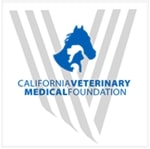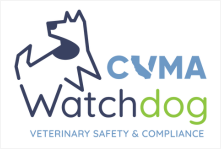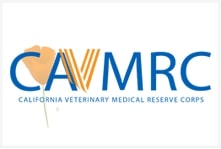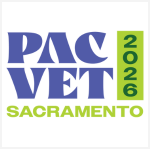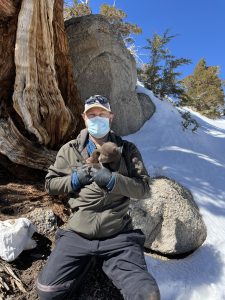This article was originally printed in the May/June 2025 issue of the California Veterinarian magazine.
I always wanted to be an ecologist—to study rainforests, birds, evolution, and animal behavior; write and teach about the amazing interconnections in nature; discover new species; combat deforestation; and maybe even save a species or two from extinction. I even completed a master’s research thesis on the ecology and evolution of birds in Costa Rica, but a few wonderful mentors before, during, and after graduate school ultimately led me to veterinary medicine and my position as a senior wildlife veterinarian at the California Department of Fish and Wildlife (CDFW).
I first cut my teeth in agency work as a seasonal wildlife technician for the U.S. Forest Service working for a wolf biologist. At some point he mentioned that he wanted to go to veterinary medical school. From my perspective at that time, I thought he had the coolest job in the world, so I asked why on earth he would want to go back to school. His response was that he felt he could do more for wolves if he had the skills and expertise of a veterinarian in addition to his wildlife biology expertise.
That was the first time I had ever thought about veterinary medicine as a potential career path. I worked for a time as a veterinary assistant at a few mixed animal practices, but I still wanted to pursue my interests in behavioral ecology, so I enrolled in a Master of Science program at the University of Wyoming.
In graduate school, I took a wildlife disease class taught, I would later learn, by some of the superstars in that field. It was one of my favorite classes, opening my eyes to how wildlife diseases can have management, conservation, and public health implications.
After that class, I begged two of the pathologists who taught the course to sponsor me for a self-guided summer course doing wildlife necropsies at the Wyoming State Veterinary Diagnostic Laboratory. I was hooked and went on to Colorado State University’s School of Veterinary Medicine, where I continued to explore my interests in wildlife diseases, pathology, and epidemiology. There, I worked on sustainable salmon farming practices in British Columbia and diseases in feral cats in western Colorado.
After veterinary medical school, I went to the University of Georgia’s Southeastern Cooperative Wildlife Disease Study (SCWDS) to work as its staff veterinarian. I supported wildlife disease investigations and surveillance for chronic wasting disease (CWD)—a prion disease that affects deer and elk—for wildlife agencies that were part of the SCWDS cooperative.
I performed hundreds of necropsies on dozens of species, from blackbirds to black bears, and learned case management and histopathology under board-certified and residency trained veterinary pathologists. This was an amazing experience working with a diverse team of biologists, wildlife managers, veterinarians, and researchers to tackle conservation and species management issues. It’s also where I learned some of the finer points of how to work with and within a government agency.
Not every state employs a wildlife veterinarian, so it took a bit of luck, a lot of legwork, and even more patience to land my position as a one of four full-time wildlife veterinarians at CDFW’s Wildlife Health Lab (WHL). My roles have changed over my nine years with CDFW. Early on, I spent much of my time traveling statewide to support helicopter captures of deer, elk, bighorn sheep, and pronghorn antelope.
Not every state employs a wildlife veterinarian, so it took a bit of luck, a lot of leg work, and even more patience to land my position as a one of four full-time wildlife veterinarians at CDFW’s Wildlife Health Lab.”
I’ve helped train hundreds of biologists and wildlife officers in wildlife immobilization, animal handling, and wildlife diseases. The WHL veterinarians also provide consultation and support for wildlife incident response and animal welfare-related issues for black bears, mountain lions, coyotes, bobcats, burros, foxes, and whatever else may come through the “door.”
However, my main interest remains wildlife disease investigation, response, and management. It’s kind of like public health but for wildlife. I do postmortem investigations and surveillance for diseases of management concern and to support law enforcement investigations.
I develop and run statewide disease surveillance, response, and management programs for deer and black bears. We recently detected CWD for the first time in California, and now I find my roles shifting again—more to regulations, policy, and management planning. Working as a wildlife veterinarian for the CDFW has been fun, challenging, and rewarding. Rarely is there a dull moment.
